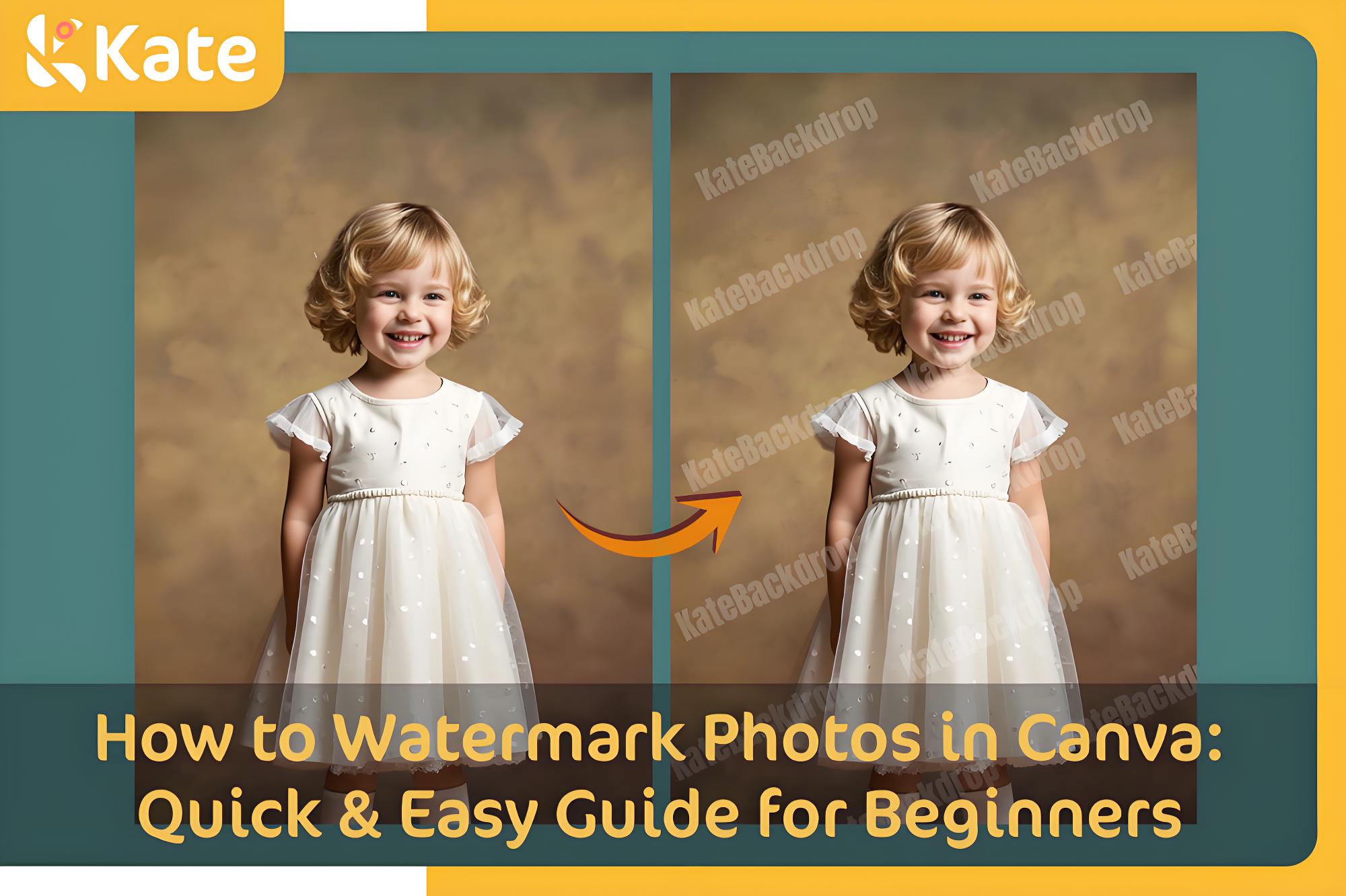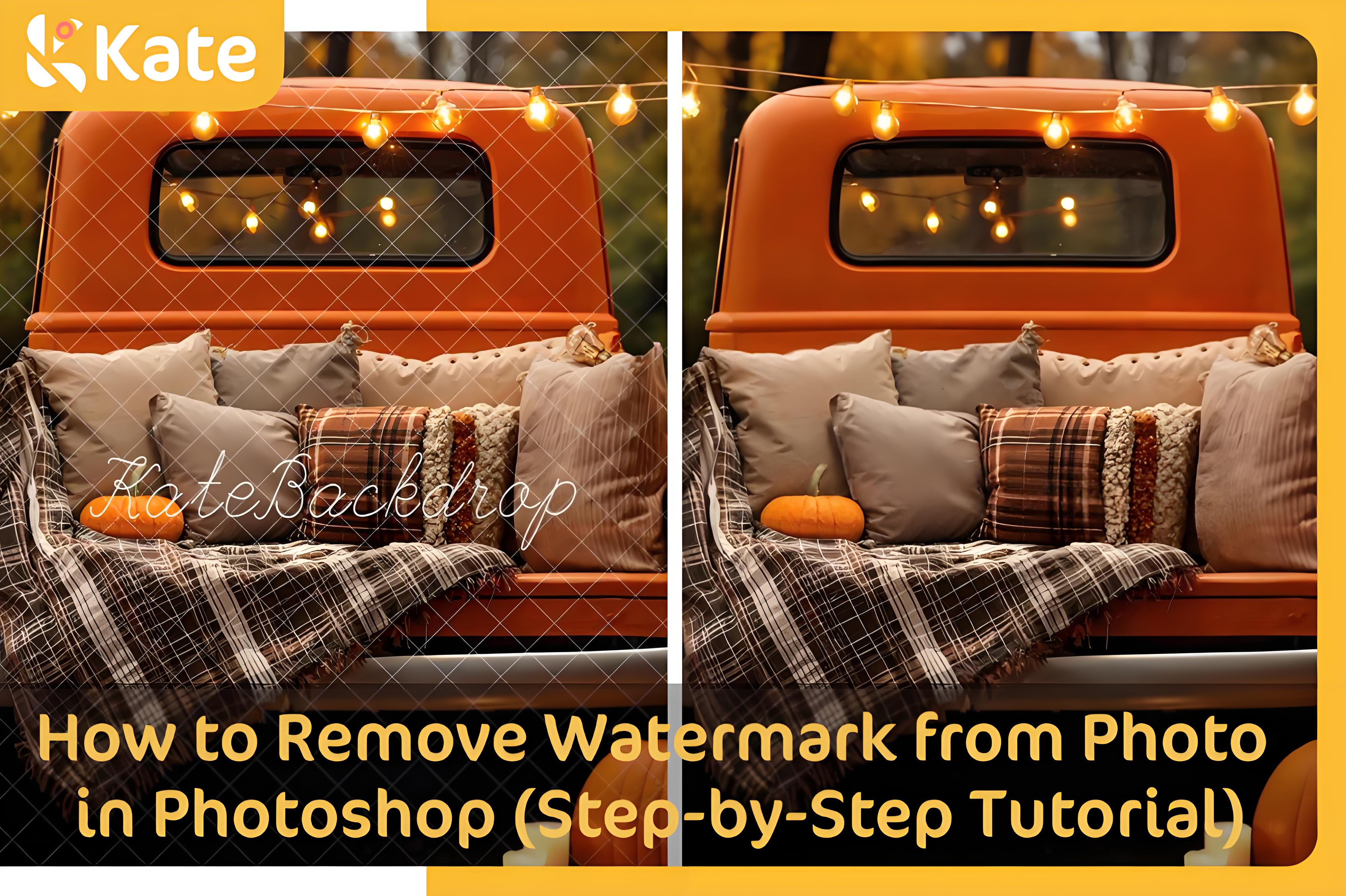✨ Build your dream setup!
Foreground: How to Find and Use Effectively in Photography

The industry's best photographers emphasize the essentiality of a good foreground when capturing a quality photo. As part of a picture's composition, it requires easy steps, which you can use creatively to get quality pictures. With perfect execution and utilization of your surroundings, use foreground elements to improve your shots.
Also, apart from focusing from the foreground, you must incorporate background and middle ground for full effectiveness. Read through to learn what is foreground and how to use it while involving other photography features effectively.
What is Foreground?
A photo's foreground is the part/section of the frame closest to the camera's lens. Normally, this section might include the subject or draw attention to the main subject, partly or further away in a frame. A perfect example is using leading lines or framing your main object/character.
Landscape photography is a good case study that largely utilizes the composition feature to allow the viewer to explore the subject's details better. For example, the image of a mounting behind a lake or shore is more aesthetic and appealing.

Photo by Martina Birnbaum on shutterstock
You can achieve similar results in other photography genres with proper photography skills and research on your context. Here is a look at the importance of a quality foreground image:
- Add depth to an image which helps create a perception depending on the context of your genre.
- Improve on authenticity where the foreground tells the viewer more about the whole composition
- Hiding unwanted objects and parts of an image
- Achieving frame within a frame photography style
Read through to learn more, including the elements of foreground photography.
Foreground vs. Middle Ground vs. Background

As mentioned, the foreground element of the photo is closest to you or your DSLR camera. This definition makes the furthest subject/object away from the lens the background, while the middle ground is the space in between. They are the 3-dimensional representation of photography.
It is important to note that the background is a constant feature, which, similarly to the others, changes depending on the genre of the shoot. Therefore, here are situations you interact with these photography features:
- Foreground + background
- Middleground + background
- Foreground + middle ground + background
Nonetheless, it is quite hard to avoid the foreground, which is sometimes the main subject of your photo. This composition feature helps you define the middle ground and your background effectively. Similarly, the two are quite significant for foreground definition.
If you are having trouble distinguishing them, their differences in a photograph are notable from their sharpness or blurry effect. You can also explore the three scenes by categorizing the subject and objects in a photo.
What are Common-Used Foreground Elements?
You can get the perfect foreground by using its elements appropriately. Therefore, do prior research on your location to get a feel of features like colors, structures, and the general nature of the scene.
These factors are essential in the proper usage of foreground elements. Here is a look at these elements and how to use them for the perfect shot.
1. Color Contrast

Photo by Karen Hogan on shutterstock
Contrasting adds substance to your photo, especially when one color dominates the frame. Here are other uses of color contrast in a shot:
- Influencing the comparison effect when capturing two distinct subjects or objects
- Telling more about the subject, as colors also describe emotions.
- Used with the lack of another foreground option.
So how do you find or create contrasting colors while shooting? Here are ways you can execute this element:
- Utilizing the lighting available: A partly lit foreground will have different colors portrayed, giving the illusion of contrast.
- Moving further from your subject: Try moving or zooming out slightly from your subject to explore other parts of foreground sections
- Using props: Place flowers on the ground for a wedding shoot to create contrast.
2. Texture

Photo by Photo Magistr on shutterstock
You can achieve texture by carefully selecting your shooting location, especially when doing outdoor shoots. The element in photography adds depth and detail, acts as the artistic touch to your photos, and creates the distance between the foreground and background.
Nature is your playground, allowing you to effectively use its features to achieve the texture element. To get the best results, use settings with multiple features included.
For instance, a rocky path is more appealing and more detailed with some plantation on them than when they are plain. Also, use a rock structure with molds growing on it as the foreground for a subject on the beach.
3. Shapes

Photo by by-studio on shutterstock
Similarly to texture, shapes in a photo improve its authenticity and improve on creativity. You can use similar or different shapes as your foreground when your background is less appealing or too busy, thus capturing the viewer's attention.
Shapes are pretty easy to find as artificial, and natural structures are available.
- Artificial structures: You can use staircases or railway shapes as your foreground.
- Natural features: Rock structures and trees create interesting shapes when captured from the right angles.
4. Patterns

Photo by Subhasish Dutta on unsplash
We use patterns daily as photographers due to their appealing and aesthetic purpose. They tell different photo stories in the same image using other features of your surroundings.
The secret is finding repeating patterns that create more depth toward the main focus of your shot. You can also use these patterns to conceal unwanted parts of an image.
Therefore, look for repeating features like tree patterns in your shooting location. An important tip is that different shapes create different patterns, which you can use to aid your shot creatively.
5. Leading Lines

Photo by Roxane 134 on shutterstock
As the name states, leading lines direct the eye of the viewer to the main feature of your photograph. They have been widely used in the industry, resulting in many ways to utilize the element for quality results. Usually, you can direct your viewer's gaze through different natural and artificial structures.
For instance;
- You can achieve leading lines differently, using your shoot's actual model(s).
- Using the path of a river as the leading line towards its mouth in a sea or lake.
- Utilizing hanging lines as the foreground for an artistic portrait shot of a model.
How to Use Foreground Effectively in Photography?
You are to comprehend foreground definition and subsequent elements of the composition feature. As discussed, you'll need to grasp the topic entirely, such as how you include other photography factors and rules. Here are technical tips you can follow to understand better what is foreground and how to execute preceding requirements and steps efficiently.
Photo by Boxyray on shutterstock
1. Use the Bouncing Eye Effect
The bounce eye feature is similar to leading lines, but it doesnt follow a specific pattern when leading the viewer. With no lines to follow in the composition, some features make the eye jump from one subject to another in a linear form.
For instance, people randomly positioned in a park can be used to establish a unique structure such as the White House.
2. Utilizing Higher Grounds
Apart from zooming out to increase your angle of view, you can also use a higher ground to increase the surface area of your foreground. This works well with landscape photography, where you can capture foreground structures in more detailedly.
Example; An aerial shot from a rock in the woods and the subject standing below it: This rock will help guide the viewer, adding texture and depth to the image.

Photo by Muratart on shutterstock
3. Properly Exposing the Foreground
Correctly exposing an image is key for color contrast but is also handy for making the shot more authentic and eye appealing. For instance, when capturing a house structure, choose the golden hours to allow proper illumination, influencing the clarity and details of the image. Also, other aspects like the middle ground and background are catered for.
4. Maintaining a Low Pose
Changing your angle means using another perspective that communicates a different meaning to the viewer. A low shot helps create a good 3-D photo where the foreground is emphasized, and its texture and patterns are well depicted.
For example, use a low shot in a grass field with your model where the grass improves the depth of the image. This angle will also help in achieving the foreshortening effect.

Photo by Andrei Antipov on shutterstock
5. Exploring the Rule of Thirds
The rule of thirds is a primary photography feature that can help achieve better foreground shots. It is ideal with mobile subjects where you can capture the photo depending on your preferred foreground type. This way, you can direct the view of your audience from the most to least important or vice versa.
Conclusion
A foreground is essential in creating meaningful, creative, and authentic photos, despite not needing them in most cases. The above article has answered what foreground photography is, and how you can explore the element for effective photo results. Feel free to explore tips given with different genres.
If you like this article, please share it! Be sure to join our FB Group: https://www.facebook.com/groups/Katebackdrops/ to share your ideas! You can also receive free articles, updates as well as discounts information from https://www.katebackdrop.com/ and our FB Group.














 Christmas 🎅🏿
Christmas 🎅🏿


















